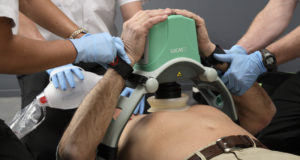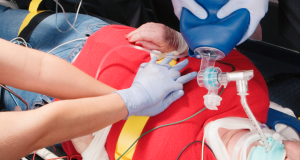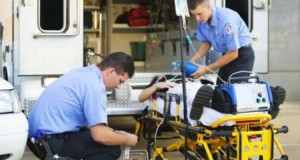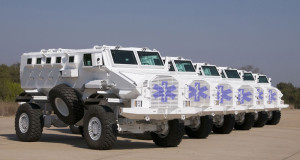Virginia house bill 1010 is proposing to lower the number of hours of training required for EMTs and Paramedics in that state. The authors of the bill say this will encourage more people to be willing to staff volunteer EMS services. While the bill has meet with controversy lawmakers know it will improve emergency medicine.
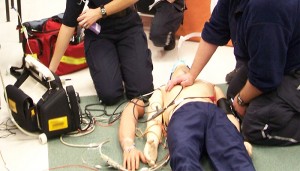
EMS training could be cut if bill passes
“Currently an EMT is required to have 154 hours of training. That is too much for someone who is working a career and volunteering with a rescue squad. I hear it all the time ‘boy, I’d love to really be an EMT for my local rescue squad, but the basic training is too many hours for me to commit to doing’. As such we are dropping it down to 80 hours. But what the mainstream media has failed to report on is at the same time we are going to require an ambulance be staffed by four EMTs.”
Currently the law requires ambulances to be staffed with two EMTs and a driver. According to an informal survey the at a majority of services the person driving is also a certified EMT so on any given call a patient is likely to have three EMTs attending to them.
“We will require four EMTs and a driver. So while any one EMT might have less training doubling the EMTs on scene will double the knowledge base. Less hours of training means more people volunteering. More people volunteering means more people able to meet the higher staffing needs. As you can see this math all works out.”
Josh Lyman an EMS skills instructor at the Community College of Western Virginia says he was initially skeptical. But after talking to colleagues, students and some lawmakers he sees how this will help the profession.
“I can cover all the basics in 80 hours. That is enough time to get someone out working in an ambulance as part of a crew. The assumption is that the crew will not be four rookies. You will have a mix of experience levels so the rookies will be learning more on the job than in a classroom.”
Technology will also bridge the training gap according to Representative Seaborn.
“EMTs today have access to iPads and Laptops. There are a plethora of EMS apps that tell the medics what to do. So one EMT will input data into the app while the others deal with the patient. The guys with the computer can then give advise to the other EMTs based on what the system is saying. There are even photos and videos in these apps to show how to complete a skill or the equipment.”
Instructor Lyman also commented on technology helping EMTs with fewer hours of training.
“We saw a demo of that Google Glass technology. An EMT equipped with can simply look at a patient and the computer will tell him what to do. For example, looking at a fractured leg the system would give prompts on how to package the patient for safe transport. The system can even measure the patient to make recommendations on which size splint to use. Imagine how multiple EMTs with that would work… regardless of the number of hours of training they had.”
No word with the bill will be voted on.
 Call the Cops The 27th Most Trusted Site in Public Safety
Call the Cops The 27th Most Trusted Site in Public Safety
